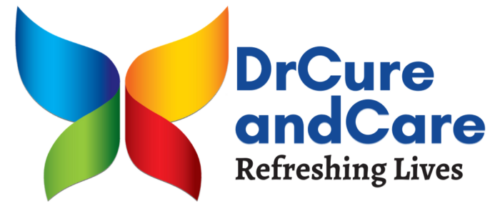What is LLLT (Low Level Laser Therapy)?
Low Level Laser Therapy is a non-invasive method of treatment where the body is exposed to laser light of low intensity, which stimulates the cells and tissues and quickens the healing process. Unlike surgical lasers, LLLT is non-destructive, painless and works on bio-stimulation (increasing the activity of residential micro flora by providing factors limiting their growth and activity) and is a fantastic alternative to surgery and/or drugs.
LLLT is FDA approved and can be used by doctors, dentists, physical therapists, and other medical professionals in a variety of ways. Over the past decade, lasers and light-based systems have been well studied and have become a common modality to treat a wide variety of conditions and health problems, including sports injuries, inflammatory conditions, and skin conditions, although current researchers are further expanding the scope of therapeutic use for LLLT as a treatment option for those with neurodegenerative disorders. In addition, studies suggest that low-level laser therapy is effective on pain, hair growth, cholesterol, diabetes and its effects.
How it works?
Low-level laser therapy works by stimulating cellular growth and rejuvenation to the applied area. Applied by a special laser beam generator, the affected body part is exposed to a low-intensity laser, which produces photon energy. This energy is transformed into biochemical energy and the cumulative effect after subsequent sessions at set intervals restores the normal functioning of the cells.
Once the light energy passes through the layers of skin and reaches the target area, it is absorbed and interacts with the light sensitive elements in the cell. This process can be compared to photosynthesis in plants – sunlight is absorbed, which is then converted to usable energy so the plant can grow. These benefits that ensue are a result of amplified and synchronized infrared light (laser beam) at a certain wavelength (600-1000nm) that triggers a cellular and biochemical process, including ATP and collagen production and increased blood flow to the affected area.
In other words, low level laser therapy works on two basic principles: it increases cellular regeneration and increases cellular communication. When laser light is absorbed by living cells, it triggers biological reactions that stimulate production of a variety of chemicals within the body that are then released and carried by blood and lymphatic flow to other parts of the system. It is important to note that the lasers do not actually induce any temperature change in the body’s tissues.
There are five distinct effects associated with low-level laser therapy:
- Growth factor response within cells and tissue as a result of increased ATP and protein synthesis
- Improved cell proliferation; change in cell membrane permeability to calcium uptake
- Pain relief as a result of increased endorphin and serotonin release + suppression of nociceptive action
- Strengthening of immune system response via increasing levels of lymphocyte activity and through a newly researched mechanism termed
- Stimulation of acupuncture points
Treatments can last as little as 5 minutes, or as long as 20 minutes and most people feel nothing at all during, although some feel a slight tingling sensation due to the increased blood flow to the area being treated. The actual effect of laser therapy begins at the time of treatment, but generally only becomes noticeable several hours or even days after. Patients often have to return to the doctor for treatment numerous times to achieve long-term success depending on the severity and duration of the condition.
LLLT Usage world-wide
The worldwide interest in LLLT is illustrated by its use in more than 85 institutions in over 37 countries. Some 2500 papers have been published in a range of journals worldwide and the value of LLLT is much better reported than many believe. Its scientific background is sound enough to say that it is both safe and effective.
Benefits of Low-Level Laser Therapy
- Clinical experience has shown that low-level laser therapy may be used for a number of conditions and issues, and that the benefits include.
- Growth factor response within cells and tissues due to increased ATP and protein synthesis
- Pain relief as a result of increased endorphin and serotonin release
- Increased lymphatic drainage activity and strengthening of immune system response
- Reduction in inflammation by suppressing inflammatory enzymes that create swelling, redness, pain, etc.
- Aids in tissue repair like ligament sprains and strains
- Faster bone repair by stimulating fibroblastic and osteoblastic proliferation
- Precise stimulation of acupuncture points and energy meridians
